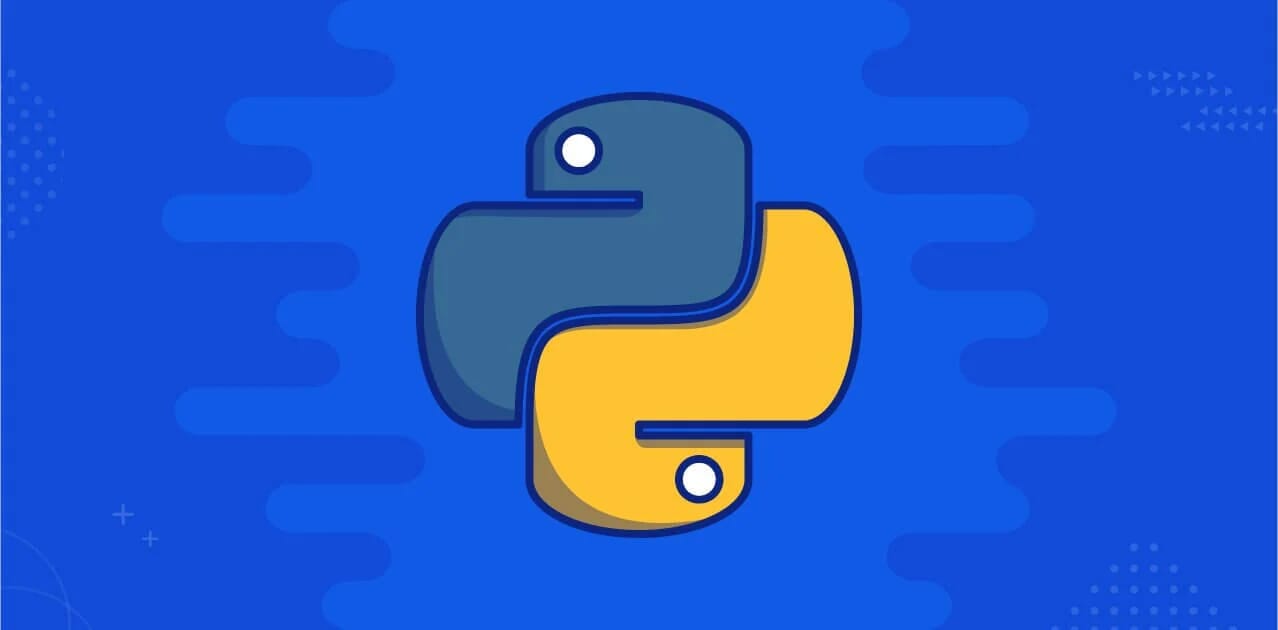Python Libraries: A Comprehensive Guide 2023
- Name
#webscraping#api#selenium#python#libraries#pandas#machinelearning#matplotlib#scrapy

Python is a popular programming language known for its simplicity, readability and versatility. One of the reasons for its popularity is the wide range of libraries available for various tasks such as web scraping, data analysis, and machine learning. In this article, we will explore some of the most popular libraries in Python and how they can be used for different purposes.
Web Scraping with Python
Web scraping is the process of extracting data from a website. Python offers several libraries for web scraping such as BeautifulSoup, Scrapy, and Selenium. - BeautifulSoup is a library that allows you to parse and navigate through HTML and XML documents. It is often used for web scraping because it makes it easy to extract data from a website's HTML code. - Scrapy is another popular library for web scraping. It is an open-source and collaborative web crawling framework for Python. It allows you to extract data from websites and is often used for data mining, data processing, and archiving historical information. - Selenium is a browser automation library that allows you to automate browser actions such as clicking buttons and filling out forms. It is often used in combination with web scraping libraries to automate the process of extracting data from a website.| Web Scraping | Data Analysis |
|---|---|
| Frameworks | Libraries |
| scrapy | Pandas |
| pyspider | NumPy |
| autoscraper | Matplotlib |
| grab | |
| ruia | |
| cola | |
| frontera | |
| dude | |
| ioweb |
| Tools | Bypass Protection |
|---|---|
| portia | cloudscraper |
| restkit | |
| requests-html | |
| ScrapydWeb | |
| Starbelly | |
| Gerapy |
Data Analysis with Python
Python is also a popular choice for data analysis because of the many libraries available for this purpose. Some of the most popular libraries for data analysis in Python are Pandas, NumPy, and Matplotlib. - Pandas is a library that allows you to work with data in a tabular format. It provides data structures and data analysis tools for handling and manipulating numerical tables and time series data. - NumPy is a library that provides support for large, multi-dimensional arrays and matrices of numerical data. It is often used in combination with other libraries such as Pandas and Matplotlib for data analysis tasks. - Matplotlib is a library for creating visualizations such as plots, histograms, and scatter plots. It is often used in combination with other libraries such as Pandas and NumPy for data analysis tasks.Machine Learning with Python
Python is also a popular choice for machine learning because of the many libraries available for this purpose. Some of the most popular libraries for machine learning in Python are Scikit-learn, TensorFlow, and Keras. - Scikit-learn is a library for machine learning that provides a range of tools for tasks such as classification, regression, and clustering. It is built on top of other libraries such as NumPy and Pandas. - TensorFlow is a library for machine learning that is developed by Google. It is a powerful library that can be used for tasks such as image recognition and natural language processing. - Keras is a library for machine learning that is built on top of other libraries such as TensorFlow and Theano. It provides a simple and user-friendly interface for creating neural networks.Conclusion
Python offers a wide range of libraries for various tasks such as web scraping, data analysis, and machine learning. Whether you are a beginner or an experienced developer, these libraries make it easy to perform a wide range of tasks and make it possible to accomplish complex projects with ease. It is important to keep in mind that these libraries are constantly evolving, so it is essential to stay up-to-date with the latest developments. For example, the API (Application Programming Interface) of these libraries may change over time, so it is important to familiarize yourself with the latest documentation. Additionally, it is also important to note that many of these libraries have active communities and resources available online, such as forums and tutorials, which can be incredibly helpful when working on a project.
In summary, Python libraries are a powerful tool for developers and can greatly aid in simplifying and streamlining the process of web scraping, data analysis, and machine learning. These libraries have made Python one of the most popular programming languages and continue to drive its growth in the tech industry.